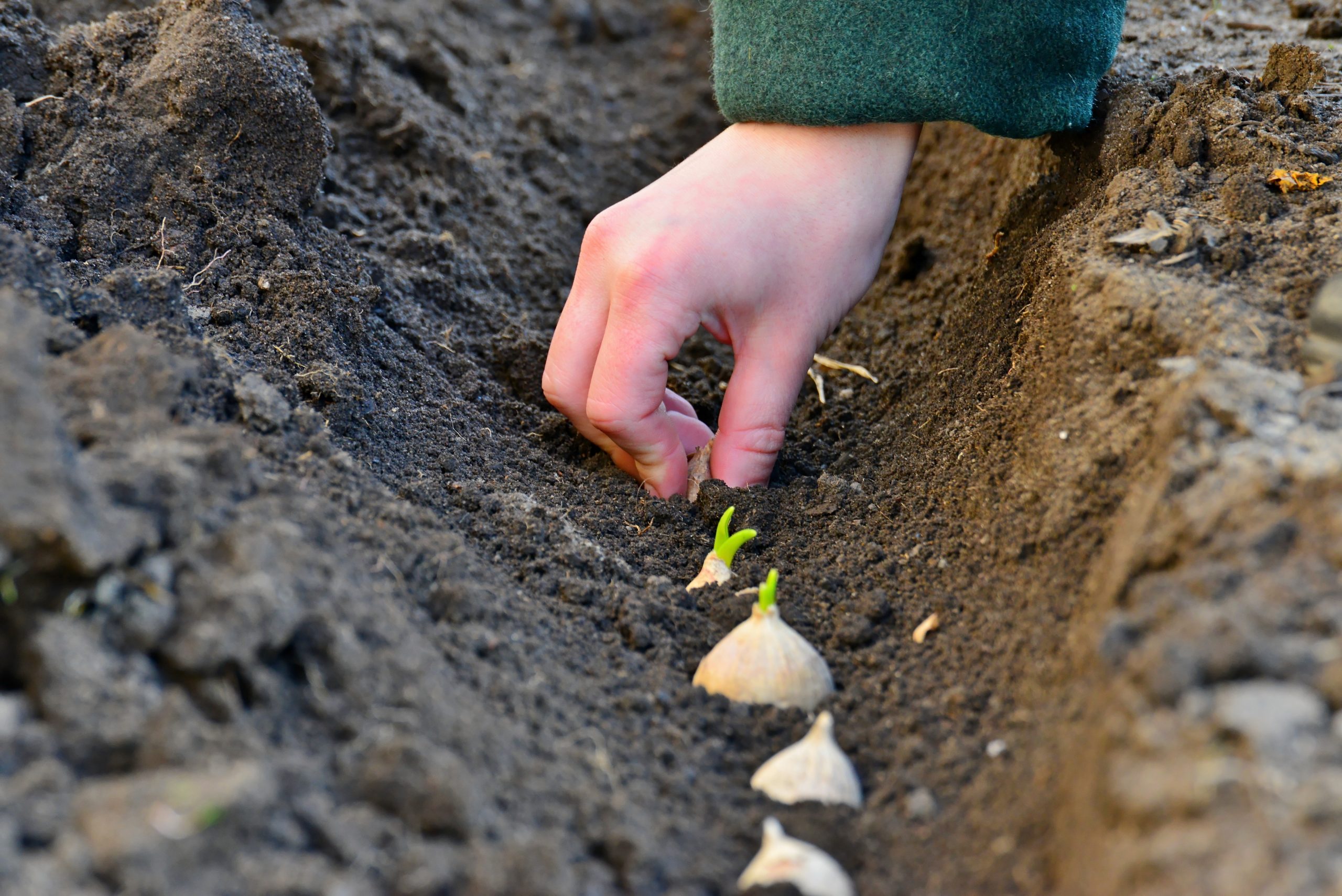How to Get Started Growing Strawberries
There’s something truly satisfying about harvesting fresh, juicy strawberries from your own garden. Whether you’re a seasoned green thumb or just starting out, strawberries are a rewarding and relatively easy crop to grow—especially with our Maritime climate. Here’s everything you need to know to get started on the path to a bountiful strawberry harvest.
Step 1: Choose the Right Location and Prepare the Soil
Strawberries love the sun and thrive in fertile, well-drained soil. Here’s how to set the stage for success:
- Sunlight: Choose a spot that receives at least 6 hours of direct sunlight per day.
- Drainage: Avoid areas with heavy clay or soggy soil. Strawberries hate “wet feet,” so good drainage is key.
- Soil Amendment: Enrich the soil with compost or well-rotted manure to boost nutrients and improve texture.
- Soil pH: Aim for a pH between 6.0 and 6.5. You can test your soil using a simple home testing ki available at your local Feeds’n Needs.
Step 2: Plant the Strawberry Crowns
Once your soil is prepped, it’s time to plant:
- When to Plant: Spring is ideal, though fall planting can work in milder regions.
- Planting Depth: Dig holes large enough for the roots. Position the crown (where the roots meet the stems) level with the soil surface.
- Spacing: Space each plant about 20 inches apart. This helps with airflow and reduces disease risk.
Step 3: First-Year Plant Care
Your plants need a little TLC in their first season to set the stage for future harvests:
- Watering: Water thoroughly after planting and regularly throughout the season, especially during dry spells.
- Weeding: Keep the area weed-free so your strawberries don’t have to compete for water and nutrients.
- Blossom Removal: If you’re growing June-bearing varieties, pinch off the flowers during the first year. This encourages stronger root development and better yields next season.
- Fertilizing: Apply a nitrogen-rich fertilizer about 4–6 weeks after planting to promote healthy growth.
Step 4: Prepare for Winter
Strawberries are hardy, but they still need protection when the temperatures drop:
- Mulch: Apply a thick layer of straw or similar mulch around the plants in late fall. This insulates the crowns and helps prevent winter damage.
- Snow Cover: In areas like the Maritimes, snow can offer additional insulation—but mulch is still essential to guard against freeze-thaw cycles.
Step 5: Ongoing Strawberry Plant Care
Keep your plants healthy and productive with consistent care:
- Watering: Continue regular watering, especially while fruit is developing.
- Fertilizing: Feed your strawberries in early spring and again after harvesting. Follow the product’s instructions for best results.
- Weed and Pest Control: Stay vigilant for weeds, pests, and diseases. Remove weeds promptly and use organic or chemical treatments as needed.
- Plant Renewal: Strawberry plants tend to decline after 3–4 years. Plan to replace older plants to maintain high yields.
Best Strawberry Varieties for Atlantic Canada
Not all strawberries are created equal, especially when it comes to colder climates. These varieties are known to do well in Nova Scotia:
- ‘Northeaster’ – Cold-hardy and early ripening.
- ‘Sable’ – Excellent flavor and disease resistance.
- ‘Primetime’ – A reliable producer for home gardens.
Growing your own strawberries takes a little planning, but the payoff is sweet—literally. With the right care and a bit of patience, you’ll be enjoying homegrown berries straight from the garden in no time.
Conclusion
Integrating a new pet into your household isn’t always easy, but it’s definitely rewarding. With time, patience, and plenty of positive reinforcement, your furry family members can learn to live together peacefully—and maybe even become best pals.
For more information on introducing a new cat to your home, check out our blog Preparing for Your New Kitten!

